Weeds are usually considered the enemy of a well-tended garden or lawn. Homeowners and farmers spend countless hours pulling, spraying, and battling these unwanted plants. But what if some of those weeds were actually helping your soil—and even your plants?
In reality, many so-called “weeds” are simply wild plants that emerge in disturbed or degraded soils. And while they may look unruly, several of these plants play a valuable role in regenerating and improving soil health. From loosening compacted earth to fixing nitrogen, certain weeds act as nature’s soil doctors, offering free ecosystem services without any fertilizers or machines.
This article explores 9 common weeds that can enhance soil structure, fertility, and biodiversity, proving that not all weeds are bad—and some might even be your garden’s secret allies.
1. Dandelion (Taraxacum officinale)

Soil Benefits:
- Deep taproot breaks up compacted soil and improves drainage.
- Pulls up calcium and potassium from deep layers to the surface.
- Leaves, when decomposed, enrich the topsoil with organic matter.
Bonus:
Dandelions are also bioindicators—their presence often signals poorly aerated or compacted soils.
Garden Tip:
Rather than pulling them all, let a few mature and decompose naturally to boost soil health in poor patches.
2. Red Clover (Trifolium pratense)
Soil Benefits:
- Fixes atmospheric nitrogen into the soil through its symbiotic relationship with Rhizobium bacteria.
- Improves fertility for neighboring plants.
- Excellent green manure when tilled into the soil.
Bonus:
It also reduces soil erosion thanks to its dense root system.
Garden Tip:
Use red clover as a cover crop in garden beds during the off-season.
3. Chickweed (Stellaria media)
Soil Benefits:
- A fast-growing groundcover that prevents erosion and reduces soil moisture loss.
- Improves topsoil structure by shielding soil from heavy rain or sun.
Bonus:
Its shallow roots do not compete heavily with vegetables, making it a good companion in early spring gardens.
Garden Tip:
Use chickweed as a living mulch during cooler seasons. Just make sure to manage it before it goes to seed.
4. Comfrey (Symphytum officinale)
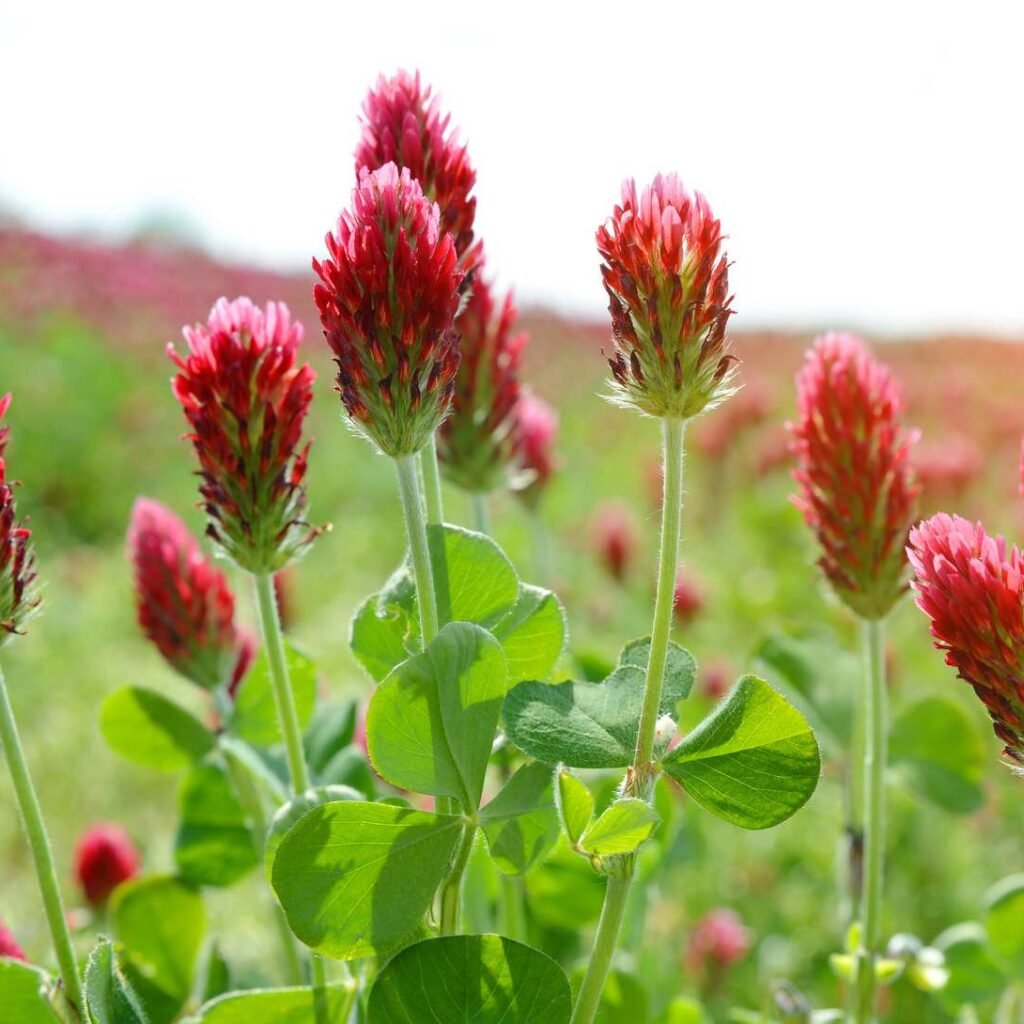
Soil Benefits:
- Has a long taproot that mines nutrients like potassium, phosphorus, and calcium.
- Leaves can be chopped and used as nutrient-rich mulch or compost activator.
Bonus:
Called a “dynamic accumulator,” comfrey collects nutrients from deep in the soil and makes them available at the surface.
Garden Tip:
Plant comfrey near fruit trees or compost piles. Use chopped comfrey leaves to boost compost microbial activity.
5. White Clover (Trifolium repens)
Soil Benefits:
- Like red clover, fixes nitrogen in the soil.
- Excellent living mulch that suppresses other unwanted weeds while improving fertility.
Bonus:
Can tolerate mowing and foot traffic—ideal for low-maintenance lawns.
Garden Tip:
Mix white clover into grass seed for a natural, greener lawn that requires less fertilizer.
6. Plantain (Plantago major and Plantago lanceolata)
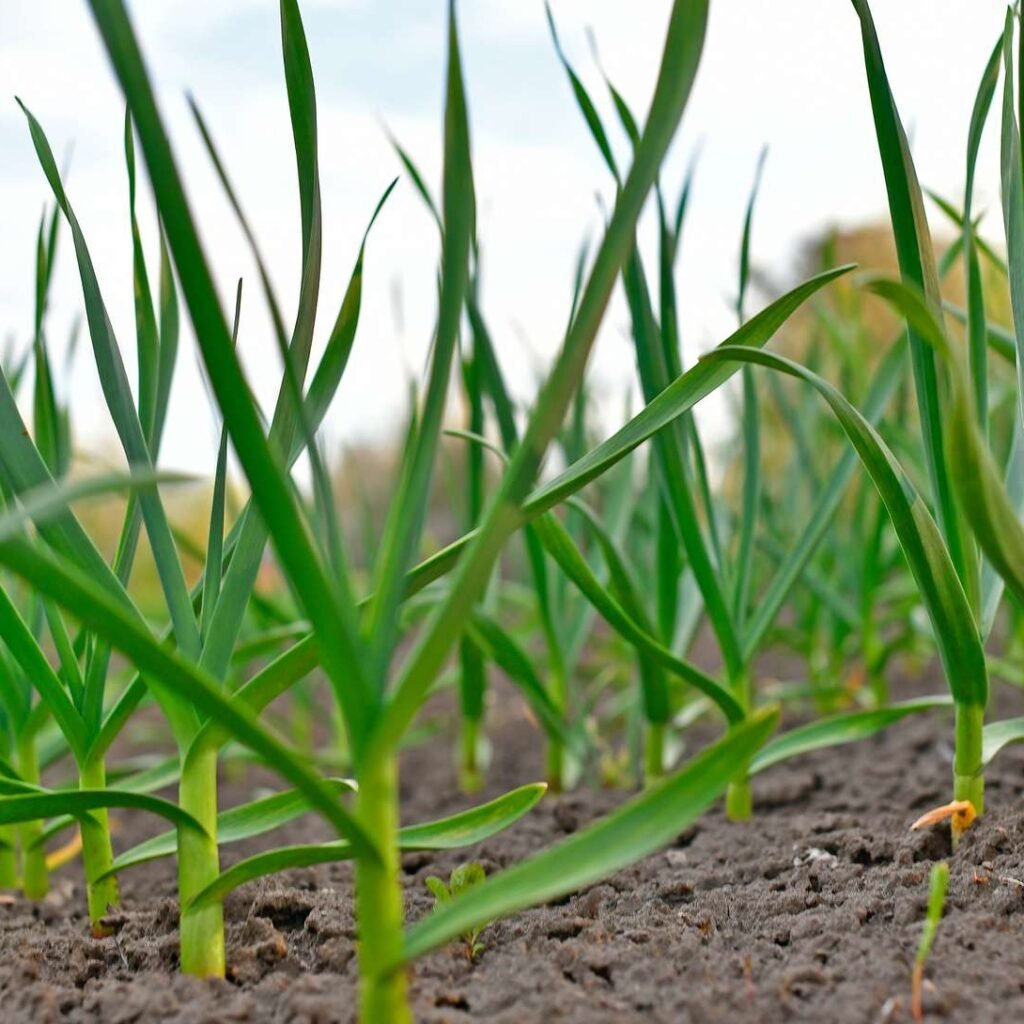
Soil Benefits:
- Grows well in compacted and low-calcium soils, helping to aerate and signal soil health issues.
- Deep taproots help break hardpan layers, improving drainage.
Bonus:
The leaves break down quickly and add organic matter to poor soils.
Garden Tip:
Allow a few plantain plants to grow in poor areas to rehabilitate compacted zones naturally.
7. Lamb’s Quarters (Chenopodium album)
Soil Benefits:
- Highly effective at mining nutrients, particularly phosphorus, potassium, and calcium.
- Helps rebuild nutrient-depleted soils when allowed to grow briefly and then cut before seeding.
Bonus:
Considered a “pioneer plant”, it grows where other plants struggle, preparing the soil for future crops.
Garden Tip:
Let it grow in neglected corners, then chop and drop it before flowering to return nutrients to the soil.
8. Vetch (Vicia spp.)
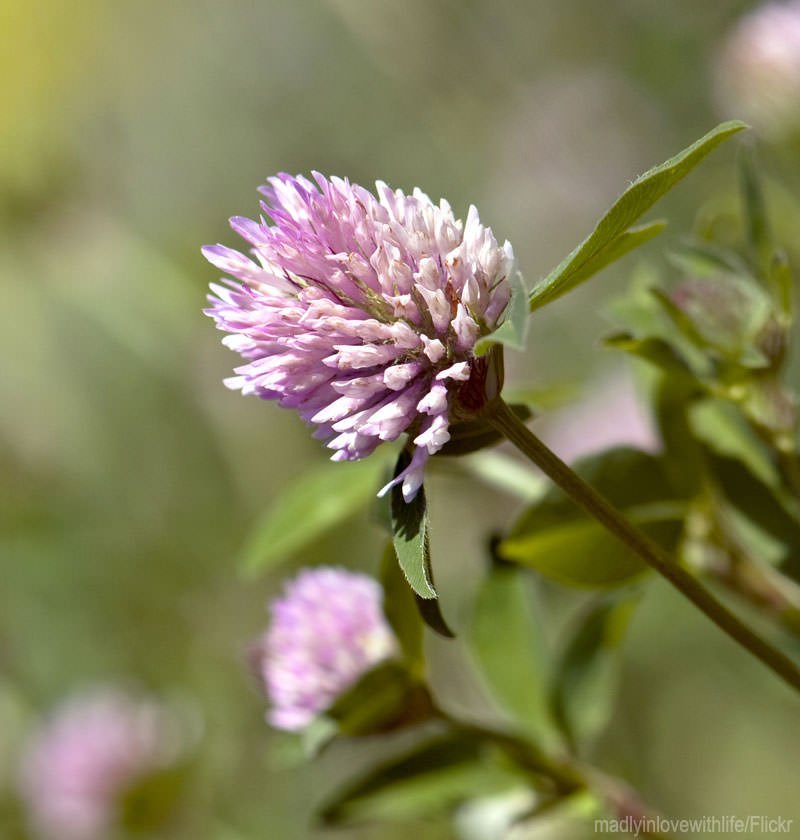
Soil Benefits:
- A nitrogen-fixing legume perfect for cover cropping.
- Suppresses other weeds while improving soil fertility and structure.
Bonus:
The dense roots help hold soil together, reducing erosion on slopes or exposed fields.
Garden Tip:
Use hairy vetch or common vetch in winter cover crops to improve spring planting conditions.
9. Nettles (Urtica dioica)
Soil Benefits:
- Indicates high-nitrogen and fertile soil—their presence is often a good sign.
- Excellent material for compost and compost tea, boosting microbial life.
Bonus:
Nettle roots improve soil structure and moisture retention.
Garden Tip:
Harvest young nettles for use in compost activators or liquid fertilizer teas. Wear gloves!
Why These Weeds Improve Soil
While many see weeds as nuisances, in ecological terms, weeds are often “pioneer species”. These are plants that colonize disturbed or degraded land, kick-starting the process of soil regeneration and nutrient cycling.
Here’s how they do it:
Deep Root Systems
Weeds like dandelion and comfrey have taproots that reach deep into subsoil layers, pulling up nutrients and breaking compacted soil.
Nitrogen Fixation
Leguminous weeds (clovers, vetch) fix nitrogen from the air, adding free fertilizer to the soil naturally.
Organic Matter Contribution
When allowed to decompose in place, these plants feed the soil with organic matter, improving structure, microbial life, and water retention.
Bioindicators
Some weeds indicate what’s missing or abundant in the soil (e.g., plantain = compaction, nettles = nitrogen-rich soil), helping gardeners read the land.
How to Manage Beneficial Weeds Without Letting Them Take Over
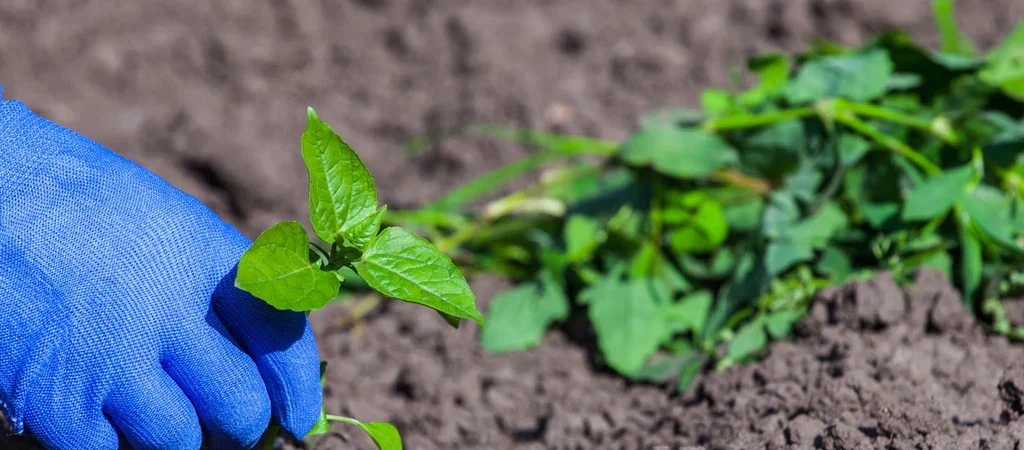
Yes, these weeds can help your soil—but management is key. Allowing them to seed freely may lead to overgrowth and imbalance.
Here’s how to use them wisely:
“Chop and Drop” Technique
- Let beneficial weeds grow to about half maturity.
- Chop them at the base before flowering and leave the material on the soil as mulch.
Use as Green Manure
- Pull and compost them or till them into the soil to enrich your garden beds naturally.
Prevent Seed Set
- Never let these weeds flower and seed unless you want them to spread.
- Be especially careful with lamb’s quarters and dandelions, which seed prolifically.
Conclusion
In the world of gardening and soil science, not all weeds are villains. Many of the plants we label as “unwanted” are actually nature’s way of healing damaged soil—improving structure, replenishing nutrients, and preparing the ground for more desirable vegetation.
By recognizing and managing these beneficial weeds, you can work with nature instead of against it, reducing your need for synthetic fertilizers, tilling, or costly amendments. Whether you’re a farmer restoring depleted fields or a home gardener improving backyard soil, these 9 soil-friendly weeds may be just the partners you didn’t know you needed.
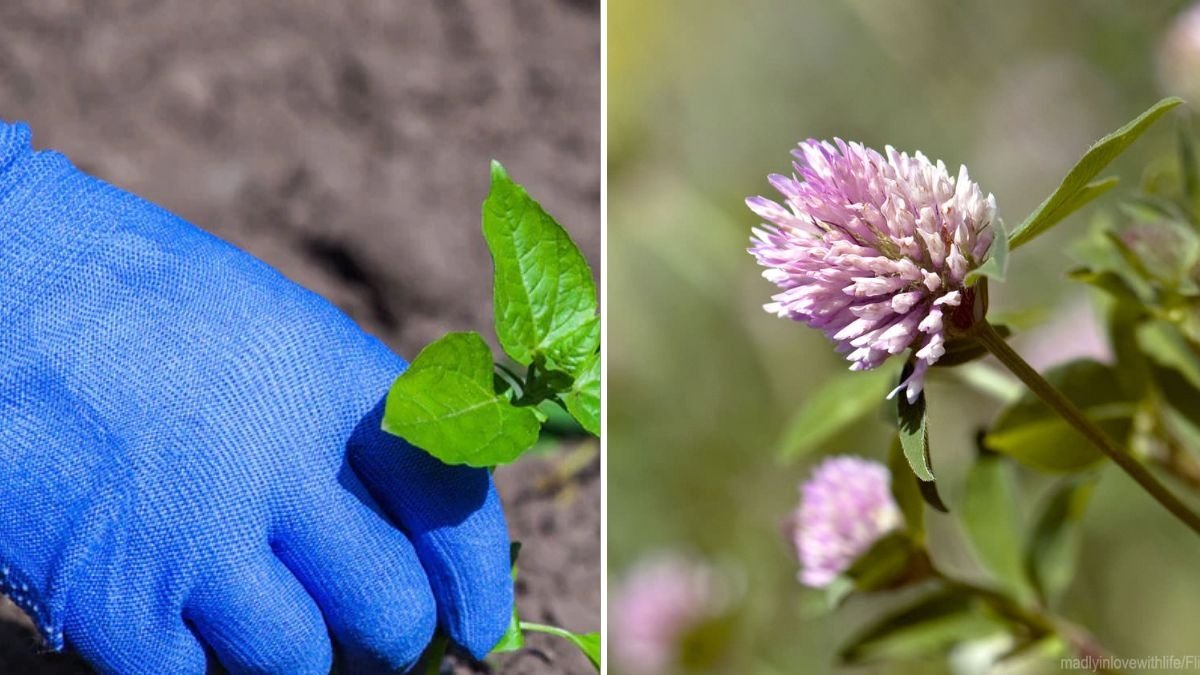
Leave A Comment